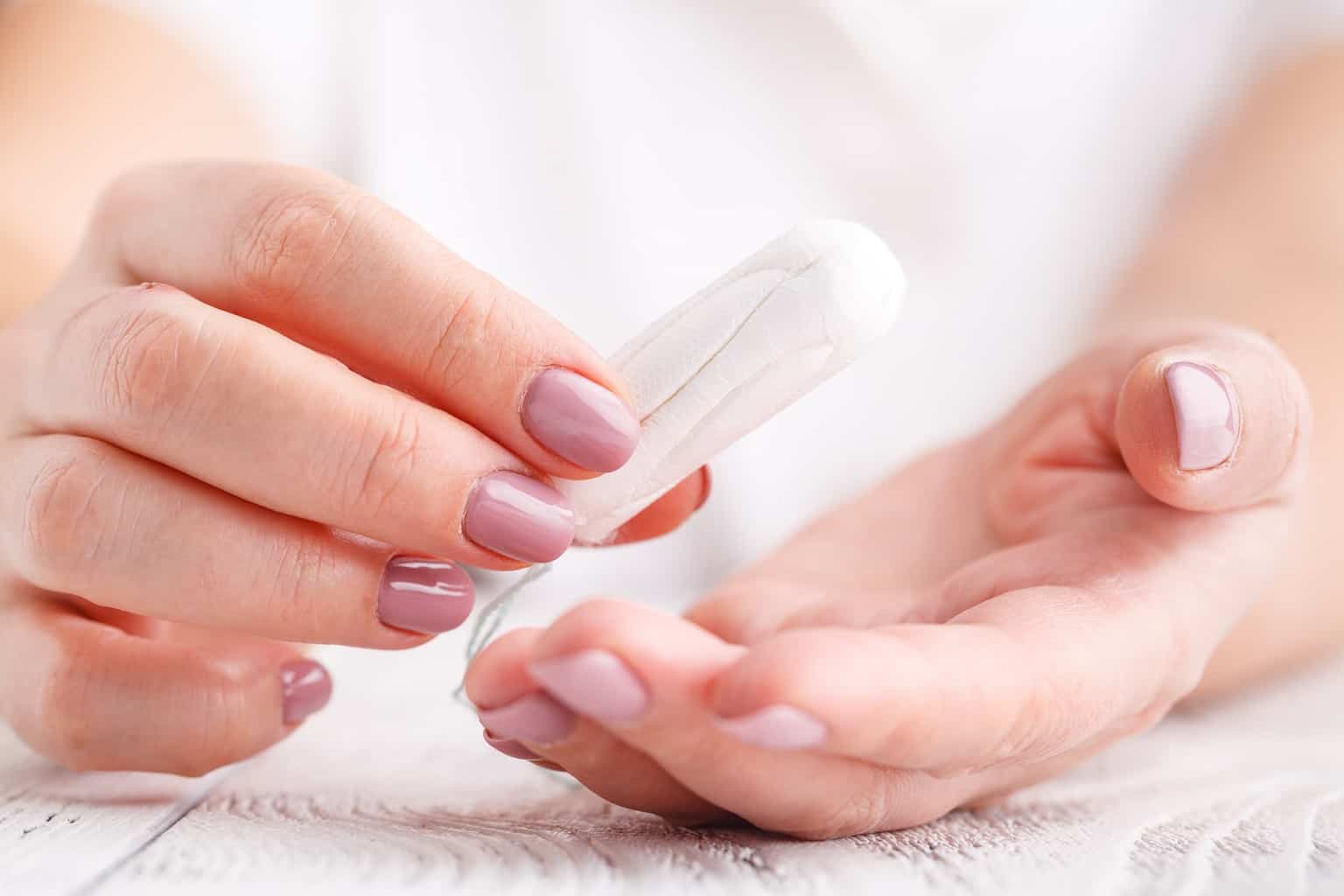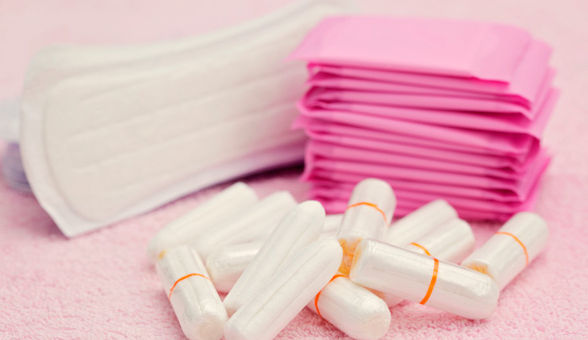As menstruation is a natural process for most women, choosing the right menstrual products is crucial for a comfortable and safe period experience. While tampons are a popular choice for their convenience and ease of use, wearing them for extended periods, especially during sleep, can pose potential risks. In this article, we’ll explore the dangers of sleeping with a tampon in, as well as alternative menstrual products and tips for safe tampon use.
The Risks of Sleeping with a Tampon In:
Sleeping with a tampon can lead to several potential risks and health concerns. It’s important to be aware of these risks to make an informed decision about what menstrual products to use during the night.
Toxic Shock Syndrome (TSS):
Understanding the risk and symptoms

source: pinterest.com
Toxic Shock Syndrome (TSS) is a rare but serious condition that can occur when certain types of bacteria produce toxins in the body. One of the most common causes of TSS is using high-absorbency tampons. This is why it’s important to choose a tampon with the appropriate absorbency for your menstrual flow and to change it frequently, ideally every four to eight hours.
Symptoms of TSS can include fever, vomiting, diarrhea, a rash that looks like sunburn, and low blood pressure. If you experience any of these symptoms while using a tampon, remove it immediately and seek medical attention.
Increased Risk of Infection:
How sleeping with a tampon can affect vaginal health
Sleeping with a tampon in can also increase the risk of infection. This is because tampons create a warm, moist environment that is ideal for bacteria to grow. If a tampon is left in for too long, it can also cause small cuts or abrasions in the vaginal walls, making it easier for bacteria to enter the body.
To reduce the risk of infection, it’s important to change tampons regularly and to use a lower absorbency tampon if your flow is light. It’s also a good idea to alternate between tampons and other menstrual products, such as pads or menstrual cups, to give your body a break from tampon use.
Irritation and Discomfort:
Common issues associated with wearing tampons for extended periods

source: pinterest.com
Wearing a tampon for an extended period can cause irritation and discomfort. This can include dryness, itching, and even pain. If you experience any of these symptoms, it may be time to switch to a different menstrual product or to take a break from tampon use altogether.
Tips for Safe Tampon Use:
To minimize the risks associated with wearing tampons, it’s important to follow a few simple guidelines.
- First, always wash your hands before inserting or removing a tampon.
- Second, use the lowest absorbency tampon that is appropriate for your menstrual flow and change it regularly, ideally every four to eight hours.
- Third, alternate between tampons and other menstrual products, such as pads or cups.
Finally, if you experience any symptoms of TSS or other vaginal infections, remove the tampon immediately and seek medical attention.
Alternatives to Tampons
While tampons may be a popular choice for menstrual management, they are not the only option available. Some women find that using other menstrual products while sleeping can be more comfortable and less risky. Here are some alternatives to tampons that you may want to consider:
Pads: The Classic Option

source: pinterest.com
Pads are the classic menstrual product that can be used while sleeping. They come in various sizes and absorbencies and are worn outside of the body. Pads are easy to use, and you do not have to worry about the risk of TSS since they are not inserted inside your body. However, some women find pads to be uncomfortable and bulky, especially during sleep.
Menstrual Cups: The Sustainable Choice
Menstrual cups have gained popularity in recent years as a sustainable and eco-friendly option for menstrual management. They are small, bell-shaped cups made of medical-grade silicone, rubber, or latex that are inserted into the vagina to collect menstrual flow. Menstrual cups can be worn for up to 12 hours, even while sleeping, and are reusable for years. However, it can take some practice to get used to inserting and removing the cup, and some women may find them uncomfortable.
Menstrual Discs: The Comfortable and Discreet Option
Menstrual discs are similar to menstrual cups, but their design is different. Their place is higher in the vaginal canal, behind the pubic bone. They are flat and flexible. They have a rim that seals against the vaginal walls to prevent leaks. Menstrual discs can be worn for up to 12 hours, even while sleeping, and are comfortable and discreet. However, they can also take some practice to insert and remove.
Choosing the Right Alternative for You
When it comes to menstrual management, there is no one-size-fits-all solution. Each woman’s body is unique, and what works for one may not work for another. It’s essential to experiment with different menstrual products to find the one that suits your needs and preferences. If you are considering using an alternative to tampons, try a few different options to see which one works best for you. With so many alternatives available, there is sure to be one that meets your needs.
Myths and Misconceptions:

source: pinterest.com
There are many myths and misconceptions about using tampons, particularly about sleeping with a tampon. Some of the most common myths include the idea that tampons can get lost in the body or that using them can damage the hymen.
In reality, tampons cannot get lost in the body. The vagina is a closed cavity, so a tampon can only go as far as the vaginal canal. Additionally, using tampons does not affect the hymen, which is a thin membrane that can stretch or tear during any number of activities, including exercise, tampon use, or even just inserting a finger.
Another common myth is that you should not use a tampon until your period is in full flow. While it’s true that it can be more difficult to insert a tampon during lighter flow days, there’s no harm in using a tampon at any point during your period.
It’s important to dispel these myths and provide accurate information about tampon use. This includes the fact that tampons are a safe and effective menstrual product that a woman can use while sleeping. However, women should use tampons properly and change frequently.
To Sum Up
In conclusion, sleeping with a tampon is generally safe, but it is important to be aware of the potential risks. You have to take necessary precautions to minimize them. It’s always a good idea to consult with a healthcare provider about the best menstrual product for you.




